Why I try to get rid of the pinks in my garden — and the reason I always change my mind and end up keeping them
To pink or not to pink? John Hoyland on the flowers whose brief cameo is worth the bother.
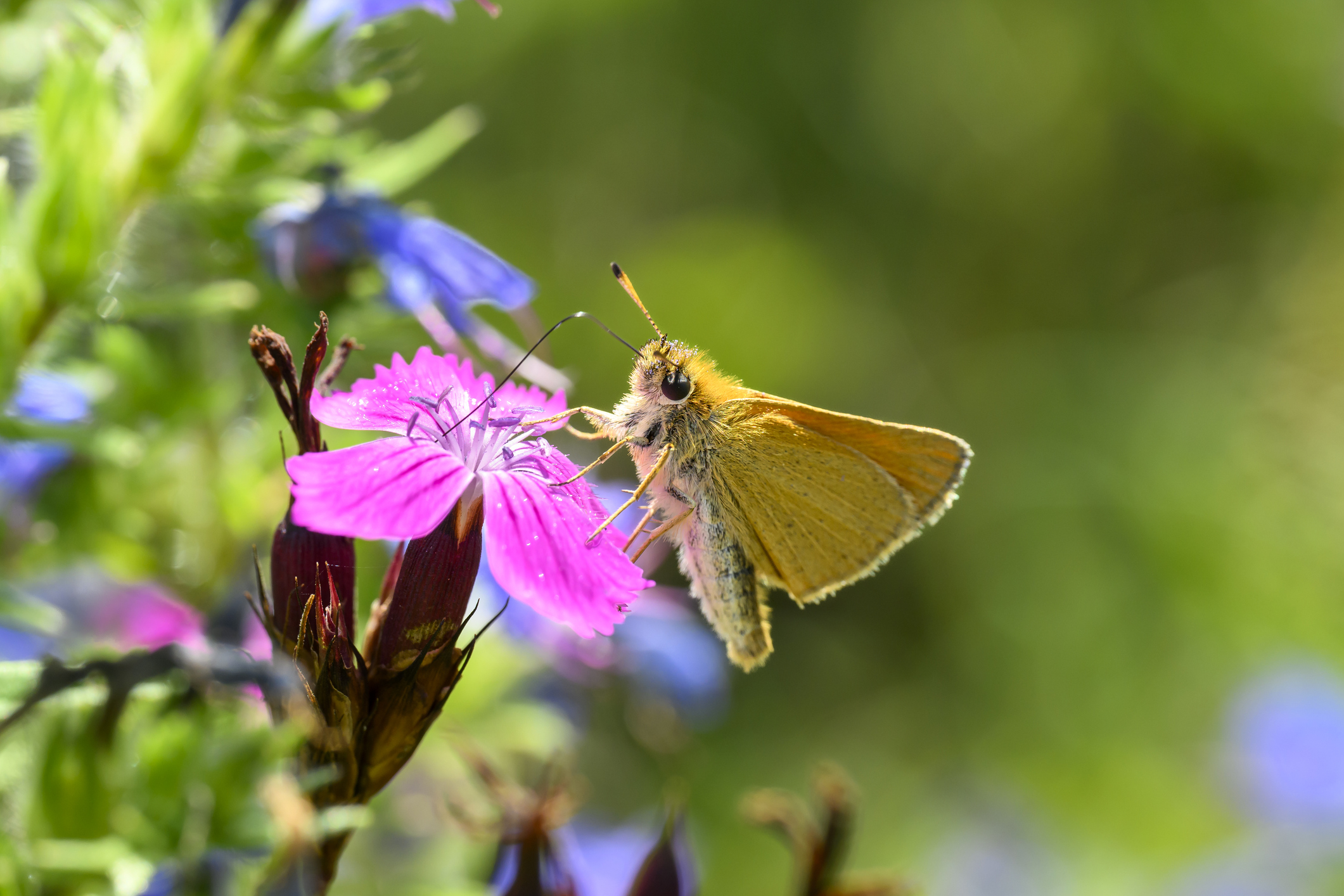
The garden is now entering its season of vigour and exuberance. The iris and peonies are showing off, the alliums seem more abundant than ever, the paulownias are looking magnificent and the roses are gearing themselves up to full flowering. Everywhere is flamboyance, but snuggled away among this brouhaha are the discreet soft-grey mounds of old-fashioned pinks.
Over the past few years, as part of an ongoing attempt to reduce my work in the garden, I have been considering that my small collection of pinks is too much bother for too little reward and that I need to clear them out. For most of the year, they are a sprawl of not-very-interesting foliage that suffers in wet summers and becomes so woody and ugly that, every few years, the plant needs to be refreshed from cuttings.
And then they flower — smothering the foliage with tiny round flowers of white, burgundy and, of course, pink, whose charm alone would earn them a place in any garden, but which bring with them a perfume as intoxicating as any rose. A small vase of Dianthus ‘Elizabethan’ sits on my desk and its sparkling white flowers with dark maroon eyes are producing a strong spicy scent with distinctive notes of clove.
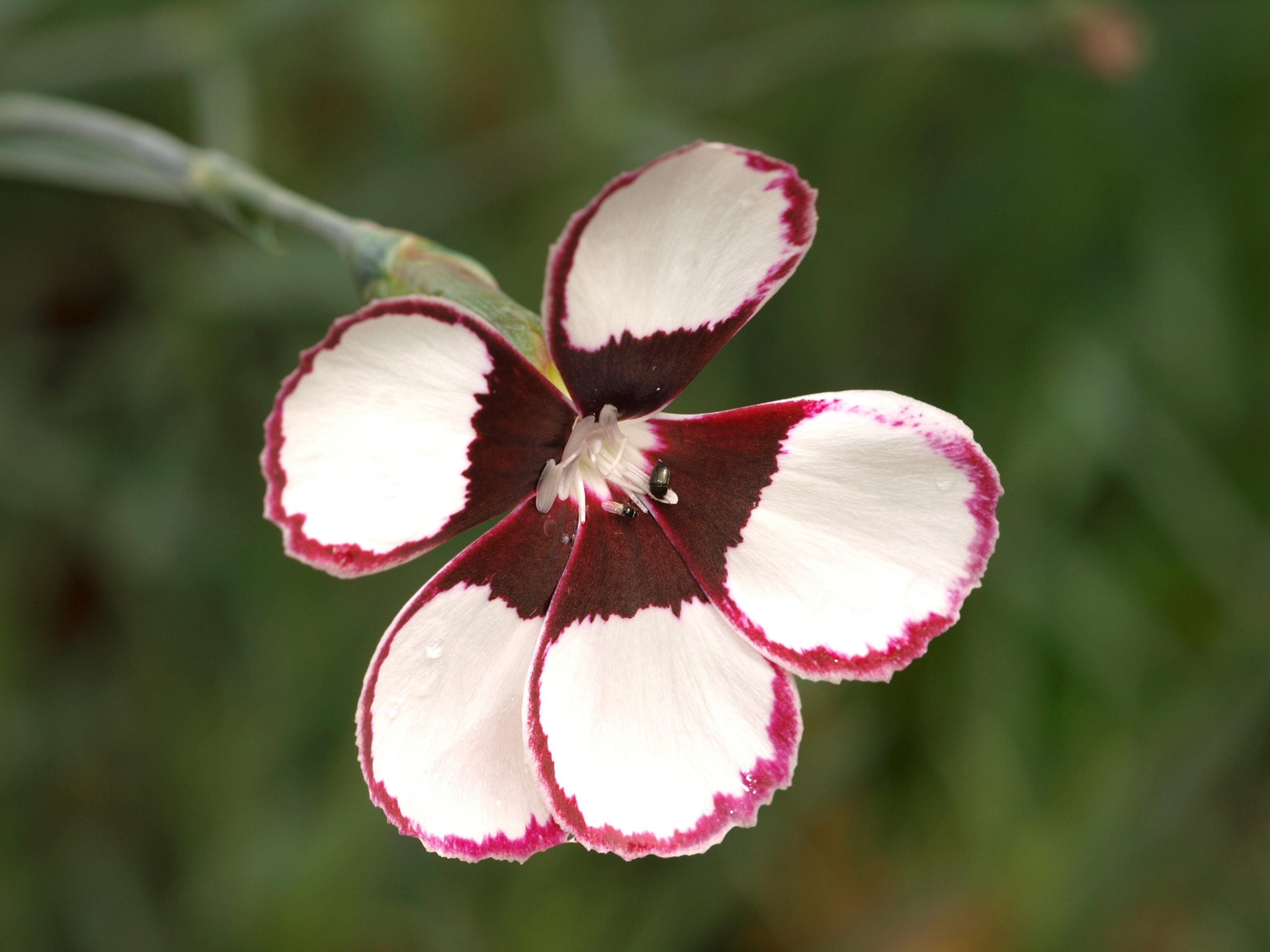
Pinks are forms of Dianthus plumarius and have been grown in British gardens since at least the middle of the 16th century. (Why they are called pinks is not known for certain; it may bea reference to the serrated edges of the petals.) ‘Elizabethan’ is thought to date from about 1700, roughly the same time as ‘Painted Lady’, which has crimped white petals and a raspberry centre. In my garden, it is the most floriferous of the family.
Dating plants is difficult, but most growers agree that Dianthus ‘Pheasant Eye’ has been around since before 1600. It has irregularly shaped, shaggy petals and a burgundy eye that give it a wild look. Perhaps the best known of the pinks are the frilly white flowers of the Victorian variety ‘Mrs Sinkins’. In the gardens at Glyndebourne, it edges 20 yards of a path, looking and smelling glorious through June and into July.
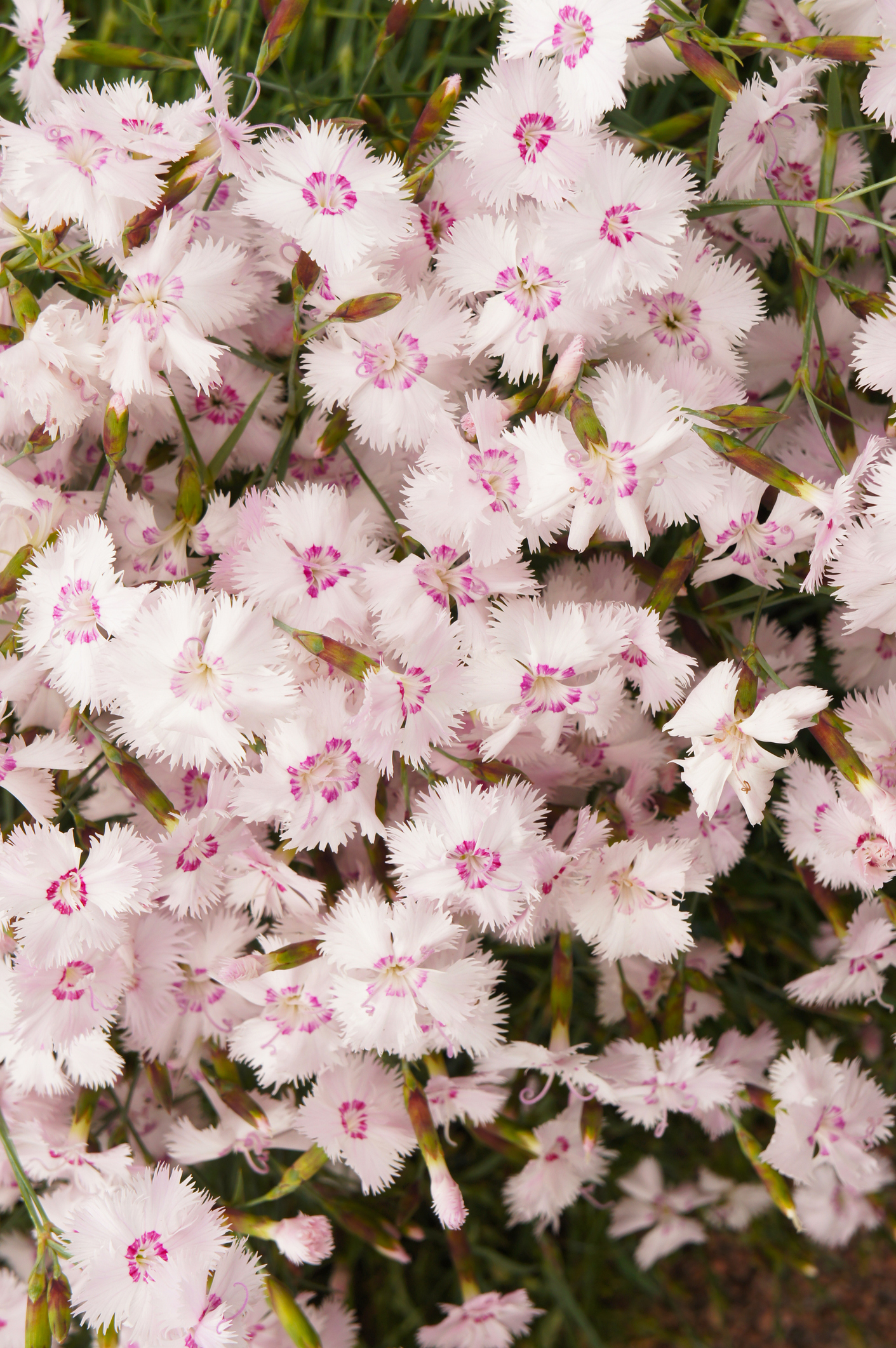
It took some time for me to be seduced by the charms of pinks. As a young man, I thought of them as old-fashioned plants, familiar as a favoured plant of elderly relatives and of no interest to a modern gardener intoxicated with new cultivars and the latest plant discovery.
My interest in the genus was eventually kindled about 25 years ago by the late Mark Trenear, a third-generation nurseryman whose passion and enthusiasm for pinks was infectious. He travelled the country collecting plants, studying florilegia and scouring archives and art galleries for information about pinks.
Exquisite houses, the beauty of Nature, and how to get the most from your life, straight to your inbox.
Fortunately, other nurseries, such as Shire Plants in Buckinghamshire and Allwoods in West Sussex, share Trenear’s enthusiasm and continue to sell a wide range of old-fashioned pinks.
I have very few other dianthus in the garden and regret planting the magenta-capped spires of D. carthusianorum. Always looking attractive in other people’s prairie-style plantings, in my borders it has seeded itself profusely, smothering other plants and dominating the border. In the summer, the masses of brown seedheads are particularly ugly. They will have to be weeded out.
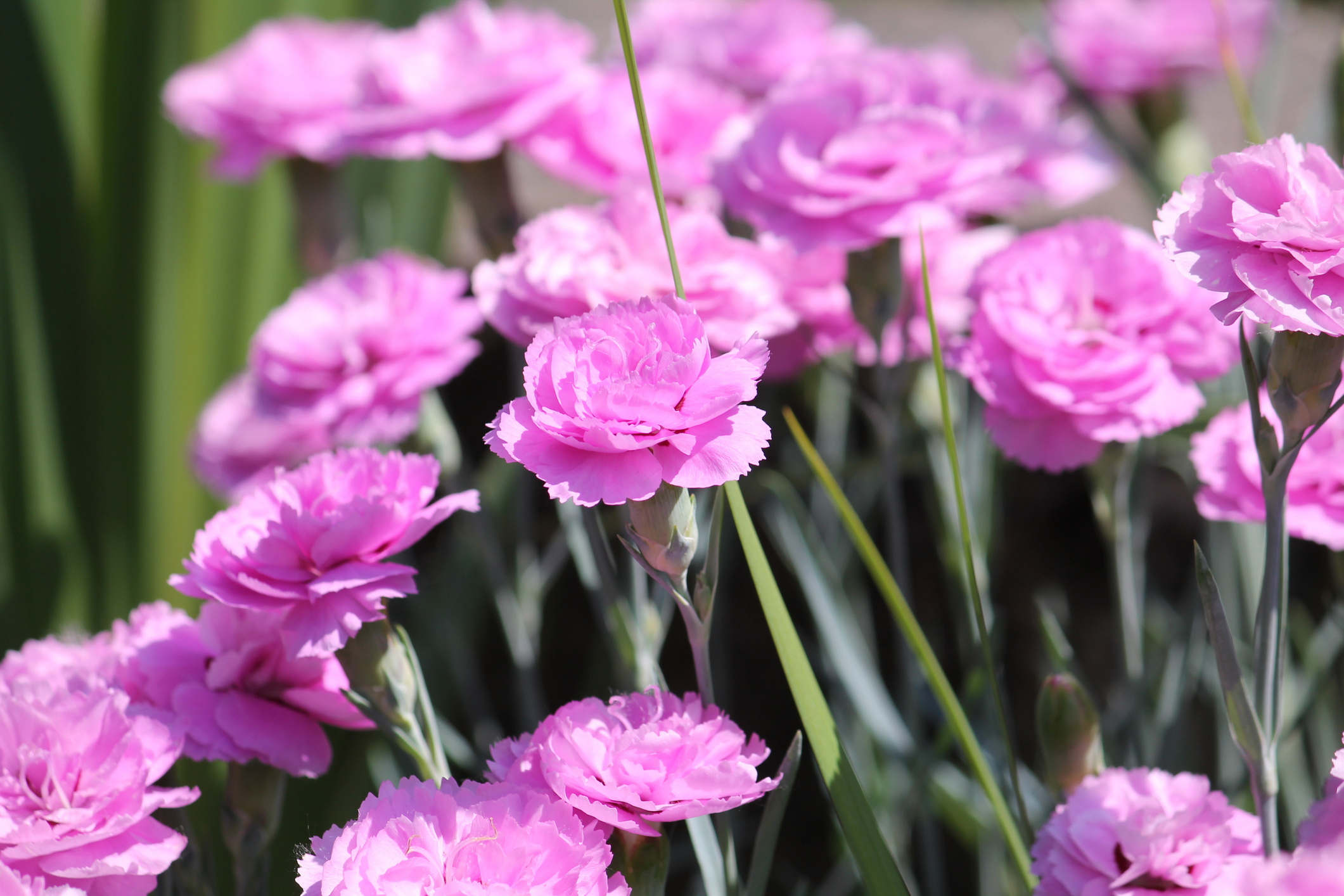
The pinks, however, will stay. Re-reading an old catalogue of Trenear’s, I am reminded that pinks first appeared in Britain, together with auriculas and exotic tulips, with the Huguenots, who, escaping religious persecution, were the first people to seek refuge and to settle here, enriching our cultural life in many ways. Their plants spread quickly throughout the country and often formed the basis of florists’ societies. In Paisley, Renfrewshire, groups of weavers formed horticultural societies and bred a distinct group of pinks with lacy petals. A descendant of these, Dianthus ‘Paisley Gem’, is growing in my garden.
That, I have decided, is the reason why my pinks will stay. Not simply for their beauty and scent, but because there is a thread that runs from those nurturing Huguenot plantsmen through the imagination of the Paisley weavers and the enthusiasm of Trenear to bring these plants to my garden. I want to remain part of that chain, so, when I am at my most irritable, disheartened by the scrappy-looking plants that the pinks become, I will conjure up the memory of the sight and scent of them in early June, remembering what brought them here, and stop myself grubbing them out.
John Hoyland is gardens advisor at Glyndebourne, East Sussex
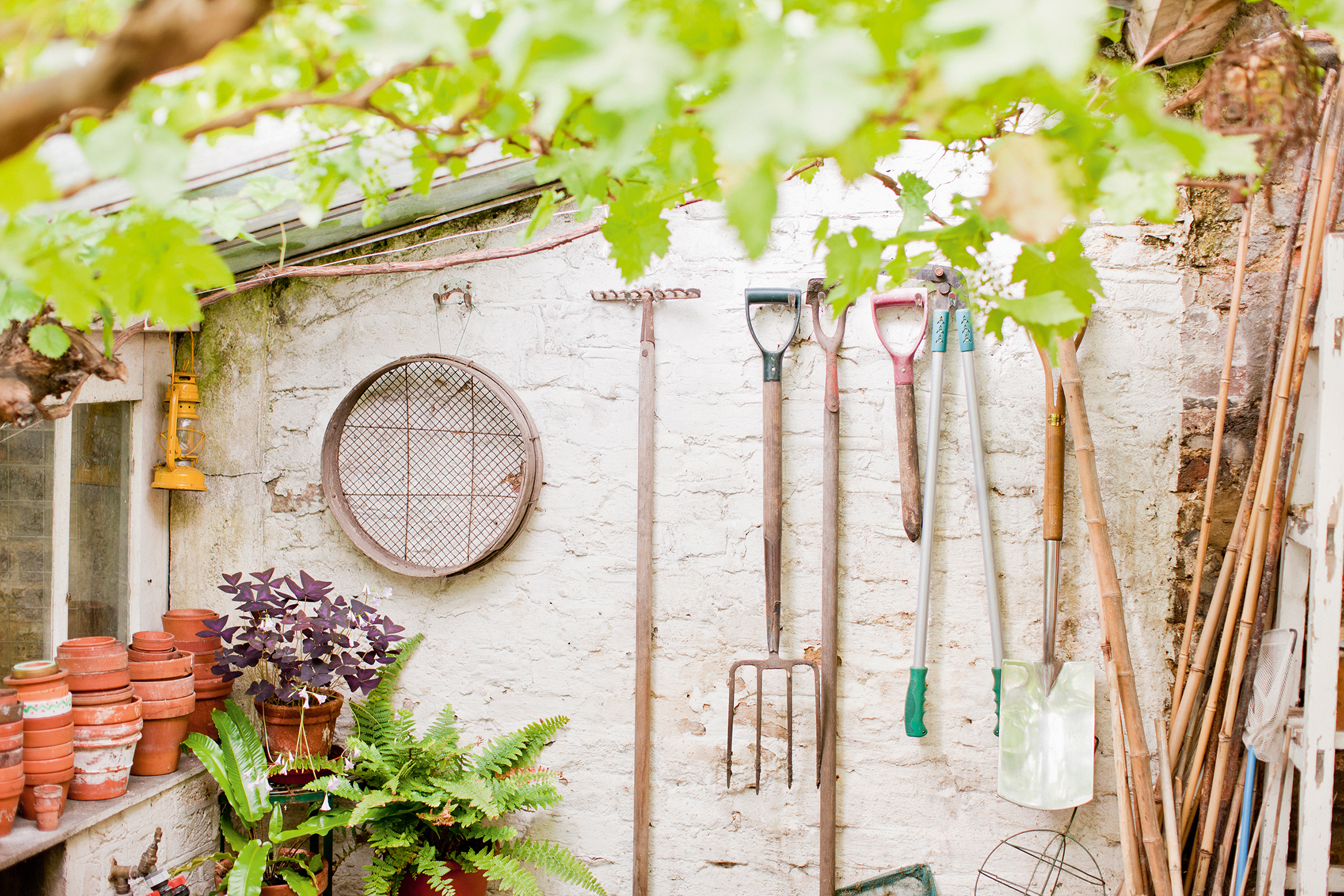
Credit: Getty Images
John Hoyland: The only garden tools you'll ever need
You can easily blow your gardening budget buying tools for all sorts, says John Hoyland, but don't be fooled: a
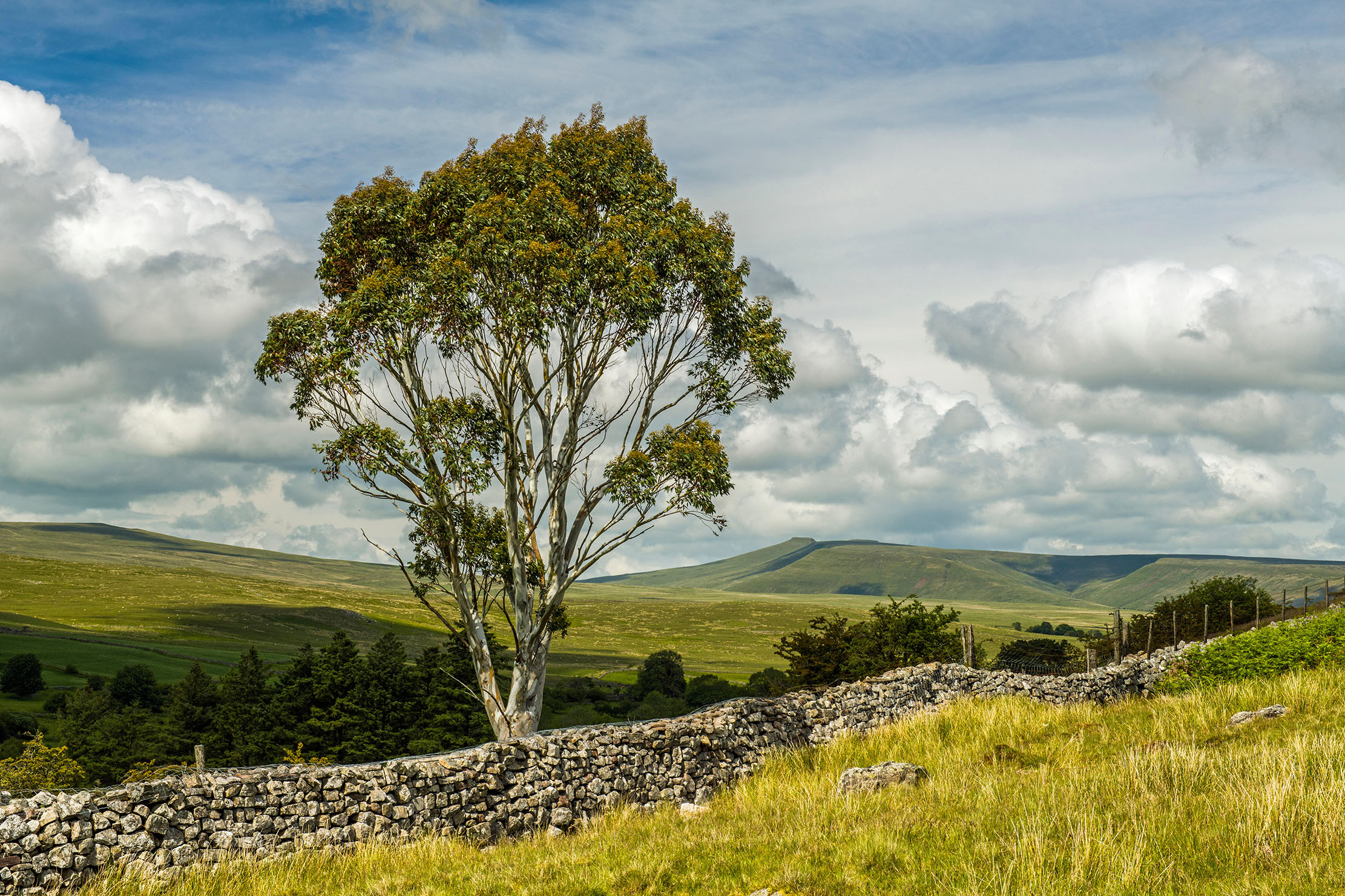
Credit: Alamy Stock Photo
John Hoyland: The tree planting blunder that kicked off my long line of gardening mistakes
When it comes to trees, says John Hoyland, the more the merrier — but only within reason.
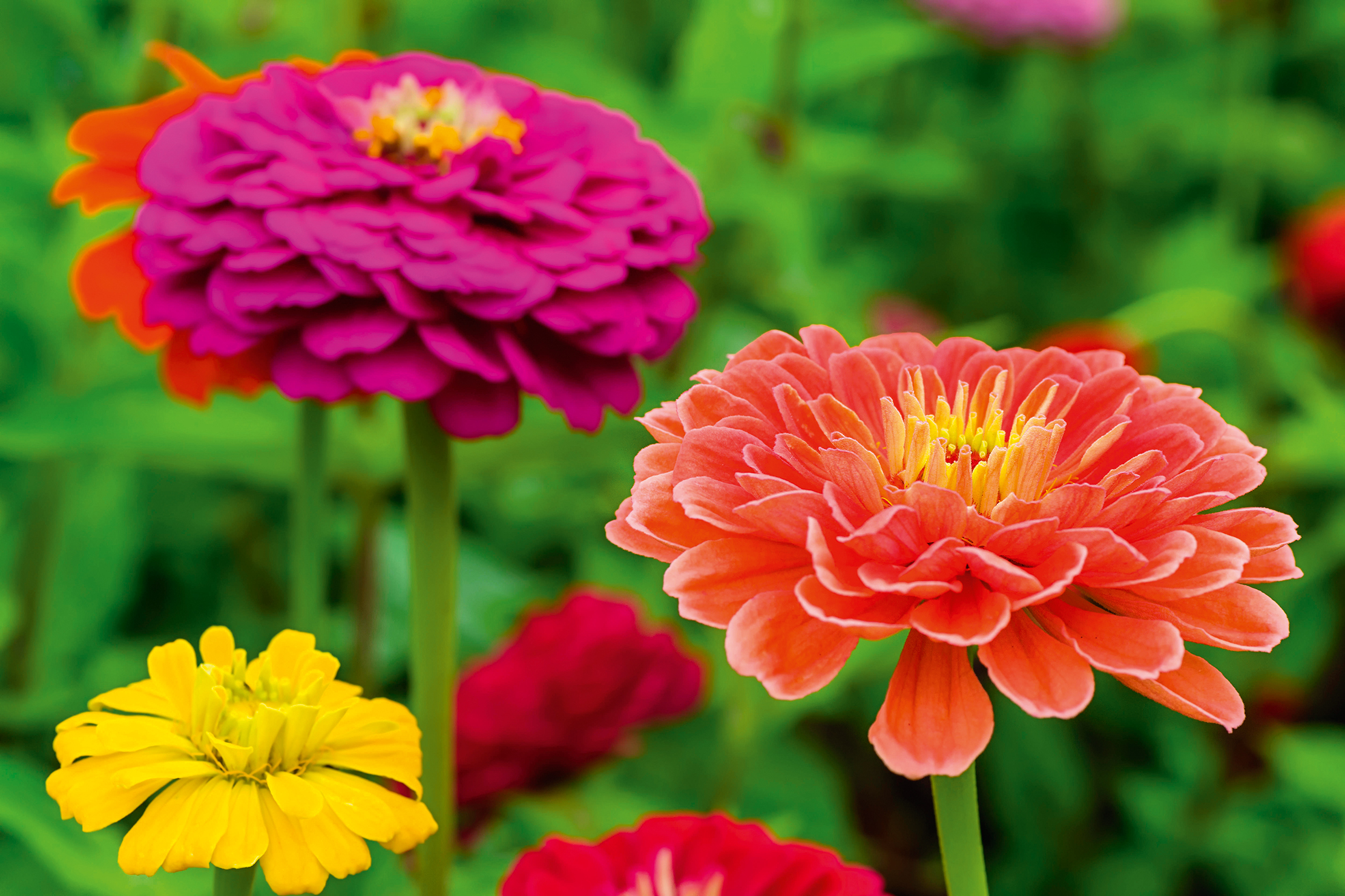
John Hoyland: The flowers to grow to create your own dye — just as they do at Glyndebourne
John Hoyland, gardens advisor at Glyndebourne, on the extraordinary dye garden that is now being used to create costumes for
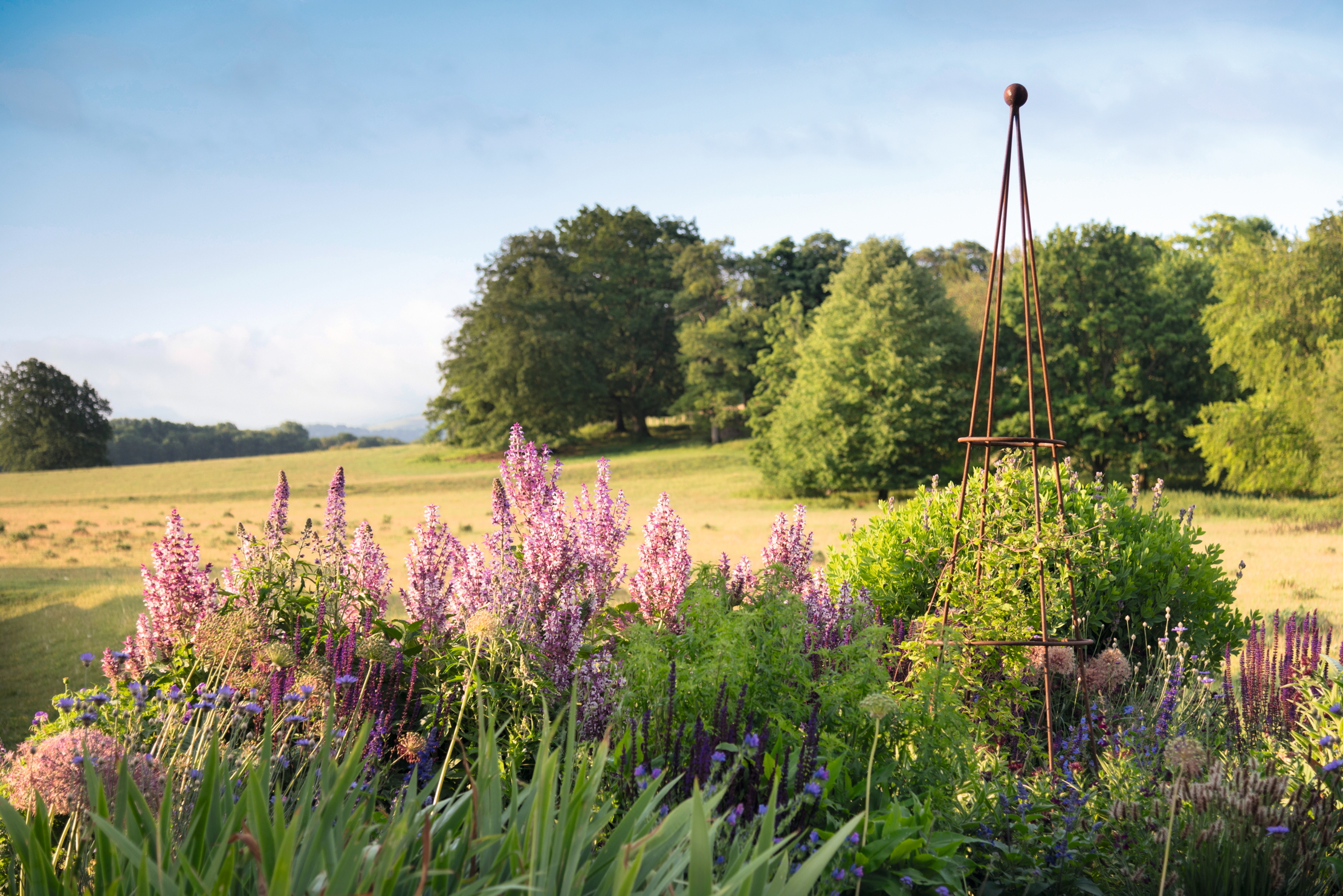
The world's most beautiful opera house foyer? A tour of the glorious gardens of Glyndebourne
As Glyndebourne celebrates its 90th anniversary, the gardens at the opera house are still hitting all the high notes.
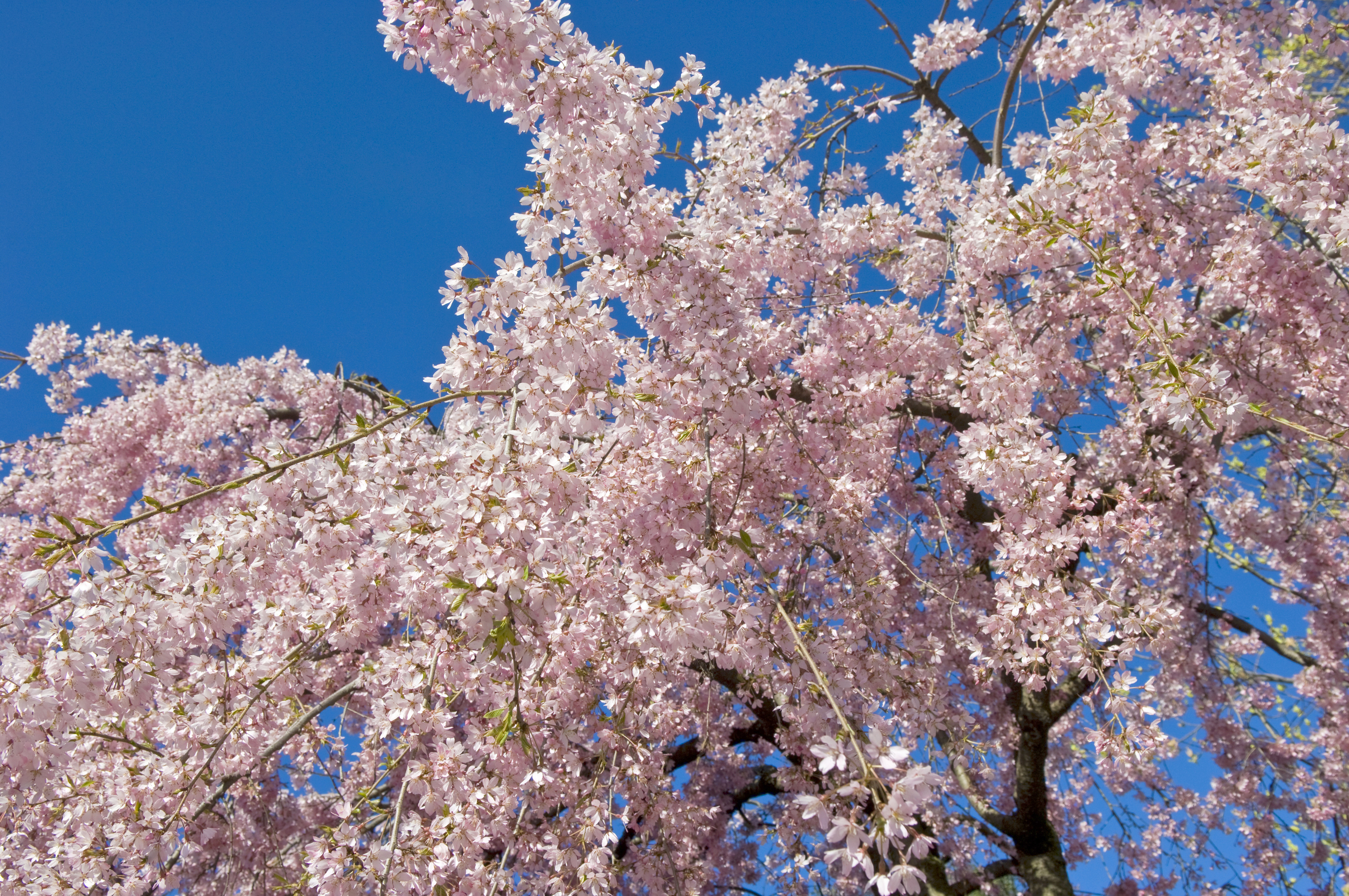
'Giving a gardener a tree for Christmas is akin to offering a kitten or a puppy'
Wondering what to give a green-fingered friend or family member for Christmas? John Hoyland, gardens adviser at Glyndebourne, has some
-
 'These days, they have almost nothing to do with Advent and quite a lot to do with bath oil and mini bottles of perfume': A snob’s guide to advent calendars
'These days, they have almost nothing to do with Advent and quite a lot to do with bath oil and mini bottles of perfume': A snob’s guide to advent calendarsSophia Money-Coutts questions whether advent calendars have gone too far.
-
 ‘Pope Paul V remains a popular effigy today, and gets blown up in Lewes most years’: A five minute guide to England’s wackiest Bonfire Night celebrations
‘Pope Paul V remains a popular effigy today, and gets blown up in Lewes most years’: A five minute guide to England’s wackiest Bonfire Night celebrationsThe market town of Lewes in East Sussex has not one, not two, but seven bonfire societies and its celebrations have been labelled the ‘only proper Guy Fawkes night left’.